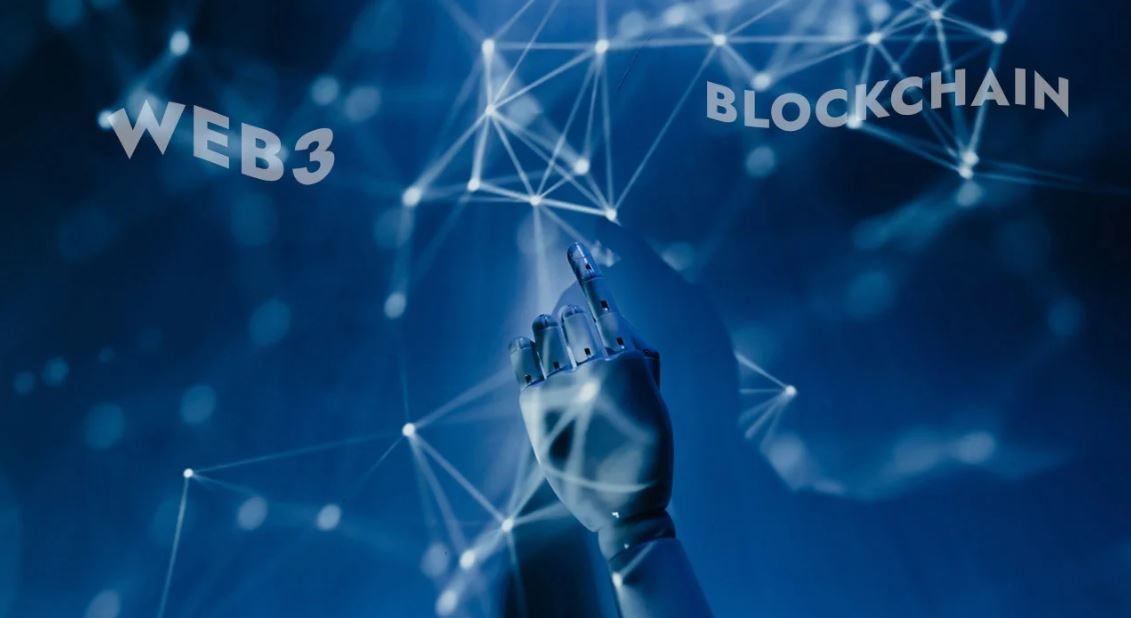The internet’s changing, and it’s changing fast. We’re witnessing what many call Web3—a fundamental shift in how we build and use online applications. At Big O Soft, we’ve been working with blockchain technology for years now, and honestly, it’s been quite a journey watching this space mature.
If you’re a developer, you’ve probably heard the buzz around blockchain and Web3. Maybe you’re curious but not sure where to start. Or perhaps you’re already dabbling and want to deepen your understanding. Either way, this guide will walk you through what you actually need to know to start building in this space.
Understanding Web3 and Blockchain Technology
Let’s start with the basics. Web3 isn’t just another buzzword—it’s actually describing a real architectural shift in how the internet works. Think about how you use apps today. When you post on social media, upload photos, or make payments, all that data flows through servers owned by companies. Those companies control everything.
Web3 flips this model. Instead of centralized servers, we’re talking about distributed networks where no single entity calls all the shots. Blockchain technology makes this possible by creating a shared ledger that everyone can see and verify, but no one can manipulate alone.
Here’s what makes it work: imagine a chain of blocks (hence “blockchain”), where each block contains transaction records. Every block links cryptographically to the one before it, creating an unbreakable chain of history. Copy this chain across thousands of computers worldwide, and you’ve got a system that’s incredibly hard to hack or shut down.
What Makes Web3 Different
When we talk to clients at Big O Soft about transitioning to Web3, we usually highlight four core differences from traditional web development.
First, there’s decentralization. No central authority means no single point of failure. If one server goes down in a blockchain network, thousands of others keep running. This isn’t just about uptime—it’s about resistance to censorship and control.
Second is transparency. Everything that happens on a public blockchain is visible. Anyone can audit transactions and verify what’s happening. Now, this doesn’t mean your personal information is exposed—that’s a common misconception. The transparency is about operations and transactions, not necessarily about identities.
User ownership is the third pillar. In Web3, you actually own your digital assets. Your crypto wallet isn’t like a bank account where the bank technically holds your money. It’s more like having cash in your physical wallet—it’s truly yours. Same goes for NFTs, tokens, or any other digital assets you acquire.
Finally, there’s permission lessinnovation. Anyone can build on these networks without asking for approval or getting an API key. This open access has sparked an explosion of creativity. We’ve seen everything from decentralized financial systems to blockchain-based games emerge because developers could just… start building.
Essential Technologies in Blockchain Development
Getting into Web3 development means wrapping your head around several interconnected technologies. Don’t worry—it’s not as overwhelming as it might seem at first.
Smart Contracts: The Core Component
Smart contracts are basically programs that live on the blockchain. They execute automatically when certain conditions are met, no human intervention needed. Think of them as digital vending machines: you put in the right input, and you get a predetermined output every time.
Most developers working with Ethereum (the most popular smart contract platform) write these contracts in Solidity. It’s similar to JavaScript in some ways, which makes the learning curve manageable if you’re already familiar with programming. Other blockchains use different languages—Solana prefers Rust, for instance.
Here’s a real-world example: imagine you’re crowdfunding a project. A smart contract can collect contributions, automatically refund everyone if you don’t hit your goal by the deadline, or release funds to you if you do. No platform taking a cut, no manual processing, no trust issues. The code handles everything.
At Big O Soft, we’ve deployed dozens of smart contracts for various clients, and one thing we always emphasize is this: once a contract is on the blockchain, you can’t easily change it. That permanence is both a feature and a challenge, which is why thorough testing is absolutely critical.
Building Decentralized Applications
Decentralized applications, or dApps, are what users actually interact with. They’re the front-end that makes blockchain technology usable for normal people who don’t want to think about cryptography or consensus mechanisms.
The interesting thing about dApps is that they look and feel like regular web apps. You might use React or Vue.js for the interface, just like you would for any modern website. The difference is in the backend—instead of hitting centralized servers, dApps communicate with blockchain networks.
Users authenticate with crypto wallets like MetaMask instead of usernames and passwords. When they want to do something—transfer tokens, buy an NFT, interact with a smart contract—they sign transactions directly from their wallet. This creates an entirely different user experience from what we’re used to in Web2.
We’ve seen dApps across almost every category you can imagine. DeFi platforms let people lend, borrow, and trade without banks. NFT marketplaces enable digital art sales. Blockchain games give players actual ownership of in-game items. Some companies are even building decentralized social networks where users own their content and data.
Tools That Make Development Easier
The Web3 ecosystem has matured significantly over the past few years. When we started at Big O Soft, the tooling was rough around the edges. Now, there are solid development frameworks that make blockchain development much more accessible.
Hardhat has become our go-to for Ethereum development. It provides a complete environment for writing, testing, and deploying smart contracts. The debugging capabilities alone save countless hours—you can actually step through contract execution and see what’s happening at each stage.
Truffle Suite is another popular option. It’s been around longer than Hardhat and has a large community. Some developers prefer it, though we’ve found Hardhat’s plugin architecture more flexible for complex projects.
On the frontend side, Web3.js and Ethers.js are JavaScript libraries that let your web app talk to the blockchain. They handle wallet connections, read blockchain data, and help users sign transactions. Ethers.js is generally considered the more modern of the two, with better documentation and a cleaner API.
For quick experiments or learning, Remix IDE is fantastic. It runs entirely in your browser, so you can write and deploy smart contracts without installing anything. We often use it for prototyping before moving to a more robust development environment.
Choosing the Right Blockchain Platform
Not all blockchains are created equal, and choosing the right one for your project matters more than you might think. Each platform makes different tradeoffs between speed, cost, security, and decentralization.
Ethereum: Still the Leader
Ethereum basically invented smart contracts as we know them today, and it remains the most widely used platform for Web3 development. There’s a massive developer community, extensive documentation, and more tooling support than any other blockchain.
The security is battle-tested. Ethereum has been running since 2015, processing billions of dollars in transactions without the base layer being compromised. When you’re building something that handles real value, that track record matters.




Leave a Reply